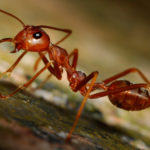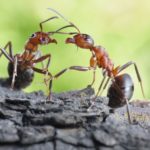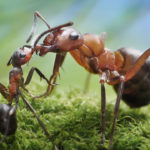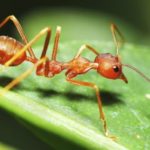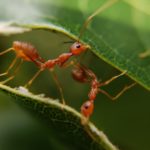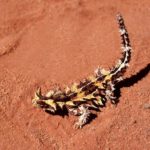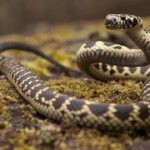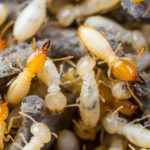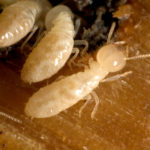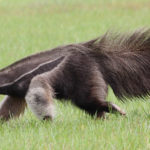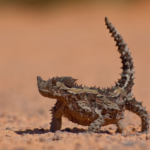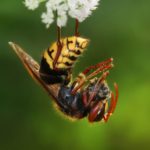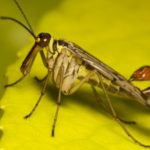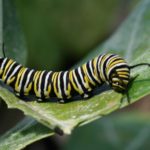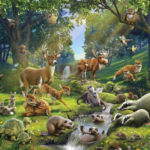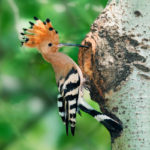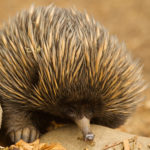Ants – information
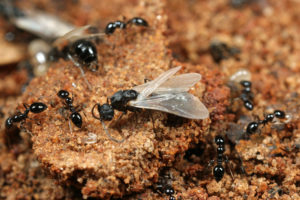 Ants are one of the most highly organized insects on the planet. Their ability to cooperate and self-sacrifice for the benefit of the colony, high adaptability, an activity that resembles a reasonable one, has long attracted the attention of scientists. And today science knows many interesting facts about ants, some of which are known only to a narrow circle of specialists, and some – refute the established myths.
Ants are one of the most highly organized insects on the planet. Their ability to cooperate and self-sacrifice for the benefit of the colony, high adaptability, an activity that resembles a reasonable one, has long attracted the attention of scientists. And today science knows many interesting facts about ants, some of which are known only to a narrow circle of specialists, and some – refute the established myths.
According to one of the most respected worldmekologists of the world Edward Wilson, on Earth today live from 1 to 10 quadrillions of individuals of ants – that is, from 10 to 15 degrees to 10 in the 16th degree of individual ants.
Incredibly, but the fact is – for every living person there are about a million of these creatures, and the total mass of them is approximately equal to the total mass of all people.
On the Pacific island of Christmas on a square meter of soil surface, there are about 2200 ants and 10 entrances to the nest. And, for example, in the savannas of West Africa, for every square kilometer of the area, there are 2 billion ants and 740,000 nests!
This number and density of population does not reach any other group of insects.
Perhaps no poisonous snakes, no large predators, no spiders, the inhabitants of equatorial Africa are not afraid of as wandering ants, – a column of several millions of insects, whose soldiers are armed with powerful jaws, destroys virtually all life on its way. Such trips are the guarantee of the survival of an anthill.
All working ants and soldiers ants in each anthill are females that can not reproduce. They develop from fertilized eggs, while males develop from unfertilized ones.
An interesting fact about ants: the working ant will grow from an egg or the future uterus depends on how the larva feeds. Working ants themselves can decide how to feed the brood and how many future queens to feed.
Some species of ants have no uterus as such, but all working females can reproduce. There are also such species, in the nests of which live several queens. A classic example is the nests of house ants (Pharaohs).
